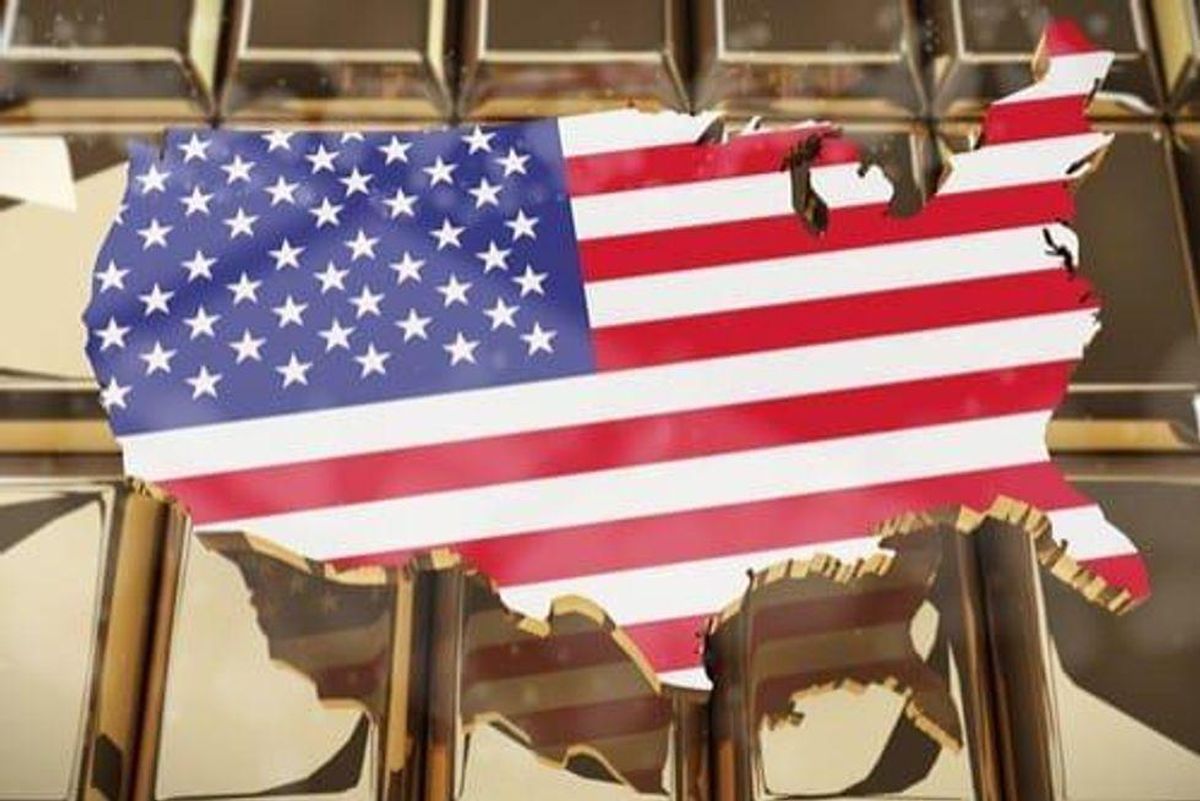Make Your Portfolio Great Again!
By: Melissa Pistilli | Sep. 05, 2023 01:55PM PST
Make Your Portfolio Great Again!
Would it be feasible for the US to return to the gold standard?
Trump’s term as president passed without a return to the gold standard, and the consensus seems to be that it’s highly unlikely this event will come to pass — even if he takes the helm once again. Even many ardent supporters of the system recognize that going back to it could create trouble.
As per the Motley Fool’s Williams, economists largely agree that moving to a lower-key version of the gold standard in 1933 was “a big reason why the US emerged from the Great Depression,” and a return would be a mistake.
But if a future president did decide to go through with it, what would it take? According to Kimberly Amadeo at the Balance, due to trade, money supply and the global economy, the rest of the world would need to go back to the gold standard as well. Why? Because otherwise the countries that use the US dollar could stand with their hands out asking for their dollars to be exchanged for gold — including debtors like China and Japan, to which the US owes a large chunk of its multi-trillion-dollar national debt.
Is there enough gold to return to the gold standard?
The fact that the US doesn’t have enough gold in its reserves to pay back all its debt poses a huge roadblock to returning to the gold standard. The country would have to exponentially replenish its gold reserves in advance of any return to the gold standard.
In addition, Money Morning’s David Zeiler has suggested that returning to the gold standard would require the price of gold to be set much higher than it is currently. “West Shore Group Chief Global Strategist Jim Rickards has calculated the gold price would jump up to US$10,000 an ounce,” he said.
That means the US dollar would be “severely devalued,” causing inflation, and since global trade uses the US dollar as a reserve currency, it would “grind to a halt.” Conversely, returning to the gold standard at a low gold price would cause deflation.
What would happen if the US returned to the gold standard?
Going back to the gold standard would have a huge impact on the US economy. For one thing, it would make it impossible for the Fed to offer fiscal stimulus. After all, if the US had to have enough gold reserves to exchange for dollars on an as-needed basis, the Fed’s ability to print paper currency would be incredibly limited.
Supporters believe that could be the perfect way to get the US out of debt, but it could also cause problems during times of economic crisis. It’s important to remember that because 70 percent of the US economy is based on consumer spending, if inflation rose due to the gold price rising, then a lot of consumers would cut spending. That would then affect the stock market as well, which could very well lead to a recession or worse without the ability of the government to soften that blow via money supply.
That means a return to the gold standard would also expose the US economy to the yellow metal’s sometimes dramatic fluctuations — while some think that gold would offer greater price stability, it’s no secret that it’s been volatile in the past. Looking back past the metal’s recent stability, it dropped quite steeply from 2011 to 2016.
As can be seen, returning to the gold standard would be a complex ordeal with many pros and cons. The likelihood of the US bringing back the gold standard is slim, but no doubt the question will continue to be up for debate under future presidents.
This is an updated version of an article first published by the Investing News Network in 2017.
Securities Disclosure: I, Melissa Pistilli, hold no direct investment interest in any company mentioned in this article.
 Choose an amount
Choose an amount
 Select your product
Select your product
 Checkout
Checkout



